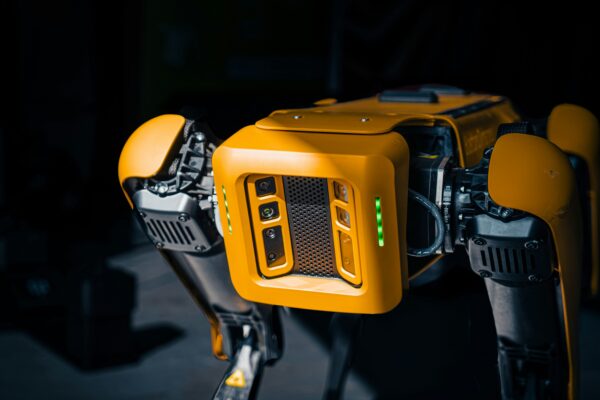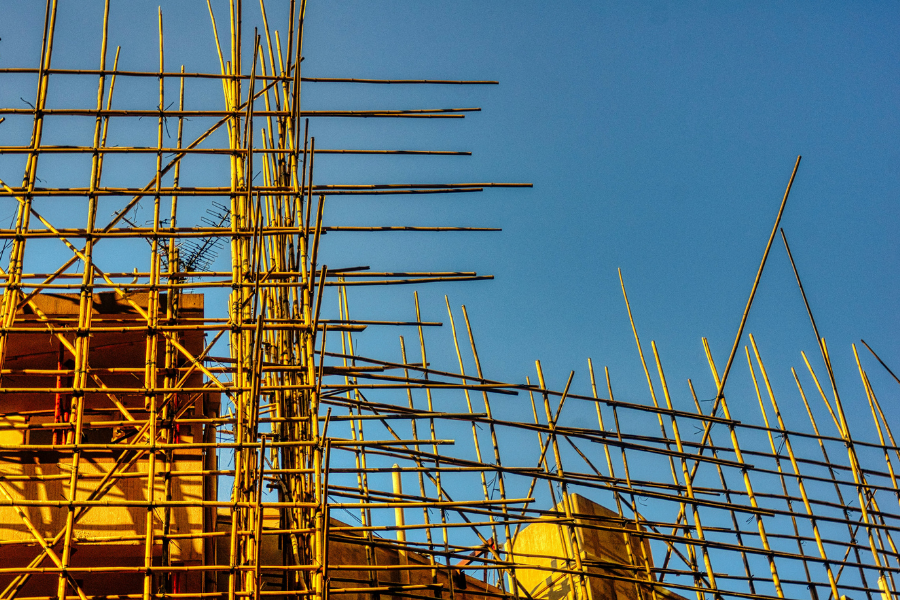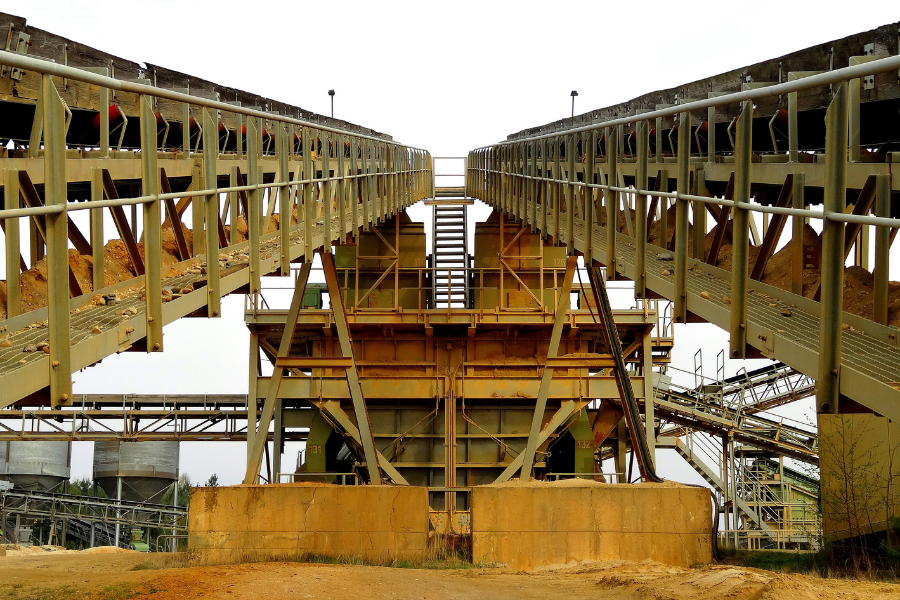Balancing Technology and Human Expertise in Predictive Maintenance
Structural engineering has always been about observation, reading the signs of stress, wear, and time. For decades, that meant an engineer on-site with a clipboard, camera, and trained eye. But as industrial and mineral-processing facilities grow larger and more complex, the challenge of ensuring every weld, brace, and joint remains sound has grown too.
Today, a quiet technological shift is changing how we see and manage structural integrity. From drones and digital twins to AI-driven image analysis, new tools are reshaping how engineers inspect, assess, and maintain assets. What once relied solely on visual experience is becoming a data-rich, digitally documented process that sets the stage for predictive maintenance, improved safety, and smarter asset management.
Seeing More with Predictive Maintenance Tools
The first major step forward came with remote inspection tools such as drones, robotic crawlers, and high-definition cameras that reduce the need for engineers to work at height or in confined spaces. These technologies do not replace human judgment; they extend it.
With drone inspections and 3D mapping, engineers can now “walk through” a structure virtually, zooming in on areas of corrosion, fatigue, or misalignment without leaving the office. For facilities where downtime is expensive and access is difficult, this shift can make the difference between a well-planned maintenance cycle and an unplanned shutdown.
Fewer on-site hours also mean lower safety risks, reduced costs, and better data consistency. Every image is geotagged, every observation timestamped, creating a digital record that forms the foundation for data-driven decision-making and, ultimately, predictive maintenance.
How Predictive Maintenance Turns Data into Insight
Capturing imagery is just the beginning. The real transformation lies in turning that imagery into actionable insight. Machine-learning models can now flag subtle changes in surface condition, colour, or geometry that may indicate corrosion, cracking, or spalling. These AI-assisted analyses act as an additional layer of vigilance, allowing engineers to focus on the areas most likely to require attention.
When integrated into structured inspection workflows, these insights create a powerful feedback loop. Over time, patterns emerge: which structures deteriorate fastest, which environments accelerate corrosion, how loads or vibration affect specific elements. This is the essence of predictive maintenance: using data to anticipate issues before they cause failures.
Rather than reacting to visible damage, engineers can plan interventions proactively, optimising resources and extending the life of assets. Predictive maintenance transforms inspections from a reactive task into a strategic tool for long-term reliability and safety.

Integrating Predictive Maintenance into Asset Management
Forward-looking operators are now linking inspection data directly to asset management systems. Every drone photo, sensor reading, or inspection note becomes a traceable digital record associated with a specific structure. These systems create a live condition database that evolves with each inspection cycle.
With predictive maintenance frameworks in place, engineers can analyse condition trends, assess risk in real time, and schedule maintenance more efficiently. For multi-site operators, the benefits multiply: improved consistency, faster reporting, and an auditable trail that supports ISO-aligned compliance and defensible engineering decisions.
This integration turns inspections into part of a broader lifecycle management strategy, aligning structural integrity with operational performance and business goals.
Balancing Technology and Human Expertise in Predictive Maintenance
Technology enhances engineering, but it does not replace it. A camera may detect rust, but only experience can determine whether it is superficial or structurally significant. An algorithm might flag a beam misalignment, but engineering judgment decides whether it poses a real risk.
The future of structural safety will continue to rely on human expertise, but with the power of technology to amplify it. By freeing engineers from repetitive data collection, these tools allow them to focus on what truly matters: interpretation, prioritisation, and decision-making.
The Future of Structural Safety with Predictive Maintenance
As mining and processing industries embrace digital transformation, the move toward predictive maintenance marks a turning point in how we care for our structures. The technology is ready, from drones and 3D models to AI image analytics, but the real value lies in integration and insight.
At its core, structural safety remains about vigilance: spotting problems before they become failures. The tools have changed, but the goal has not. With the right balance of technology and engineering wisdom, we can see farther, act sooner, and build safer, longer-lasting infrastructure.
The reality is that long-lasting, safe, and efficient structures come from inspections and maintenance that are thorough, data-driven, and expertly interpreted. At Yenem Engineering Services, we understand the value of integrating predictive maintenance with sound engineering judgment, and we stand behind every assessment and recommendation we provide. Book your consultation today and let us show you how proactive maintenance can save time, reduce costs, and protect the integrity of your assets for years to come.


